The Purpose of Keeping Heritage sites is to Preserve the Physical Linkage between the Present and Past
When the relevant authorities were planning for the cemetery to give way to the highway, did they know the historical value of Bukit Brown? Or was it after the researchers and the public’s strong interest and views that they suddenly realised the importance of this site? If this is the case, it reflects a deeper layer of problem: do the upper echelons of our government officials seriously lack historical and cultural conciousness? Today Bukit Brown is affected, who is to say a similar problem will not happen in future?
More than 50 – 60 years ago, scholars like Tan Yeok Seong and Hsu Yun Tsiao did indepth research of Singapore heritage sites including cemeteries, and they also inspired later generation scholars to conduct more research.
Everyone knows that History is ever continuing, and we make use of the past to shine a torch for the future. The 19th century German philosopher Hegel once said, ” What we can see now is but the fruit of the past, and what history tell us is invariably to preserve the things left behind from the past. Hence keeping track of the development of history is like a water current, the further out it can flow, the more volume it can gather, and the more content it can generate.
The importance of preserving heritage sites is to keep the physical linkage between the past and the present. If we destroy each and every heritage site, it means destroying the links between the past and the present, it means cutting off the roots of our present generation, so that if the latter generations would like to know how their ancestors travelled the path before, they would not have the physical evidence to substantiate it
Continuous gathering of history knowledge and research should be the mission of our education sector, but alas this is where the weakness of our Singapore education lies. We should build upon the foundation of the past research done by our predecessors, expand and upgrade them to the next higher level.
Translated by Raymond Goh extracted from the article by Han Tan Juan
Original Article
早报网–从恒山亭到武吉布朗
(2012-05-31)
韩山元
… 开门见山
笔心
保留古迹的意义就在于保留古与今的一个实体的连接点。
武吉布朗坟山因为当局要修建高速公路,要把其中数千座坟墓清
远在武吉布朗之前,新加坡开埠初期有座大坟山在恒山亭后面(
碧山也是历史超过百年的广东人在本地最大的坟山,1819年
当年这些坟山被铲除,也曾有人提出异议,表示惋惜,但是其声
有关当局在考虑修建高速公路,须叫古墓让路时,事前知道不知
早在五六十年前,陈育崧、许云樵等学者对于新加坡的古迹(包
众所周知,历史是有延续性的,是承先启后的。19世纪德国哲学家
保留古迹的意义就在于保留古与今的一个实体的连接点,如果将
历史知识与研究也应该有延续性,历史知识的延续是教育界的任
Ever since they were “discovered” in early 2012 – when volunteer guides started to trail Raymond Goh on his missions to help descendents find ancestors in Bukit Brown – they have been a talking point.
Dubbed “Naked Angels” by I believe one among the community, we speculated on their genesis and gender. And sometimes wondered about the ancestry behind the double tomb which is also guarded by a pair of sikh guards.
No one had visited in a very long time. To visit the tomb means being subject to being bitten not just by mozzies but also the most vengeful ants to be found thus far, for having their territory disturbed.
But just two weeks ago, a family contacted Raymond Goh whom he believed were the family who “owned” the angels. The community was excited. An appointment was made with Raymond for Saturday May 12 th. The pair of cousins who turned up after lunch time that day were perhaps a little taken back by Raymond’s entourage of five. If there were, they took it in their stride. At least two of the volunteers were familiar to them as they had attended a guided a tour just the previous week.
Armed with their family tree, Raymond helped “reconnect” them their great grandfather and his 3 wives, and their grandfather who died during the Japanese war. A grand total of 5 tombs!

This is your great grandfather Teo Chin Chay buried together with his first wife Gan Chwee Sian who was China born and had bound feet (photo Catherine Lim)
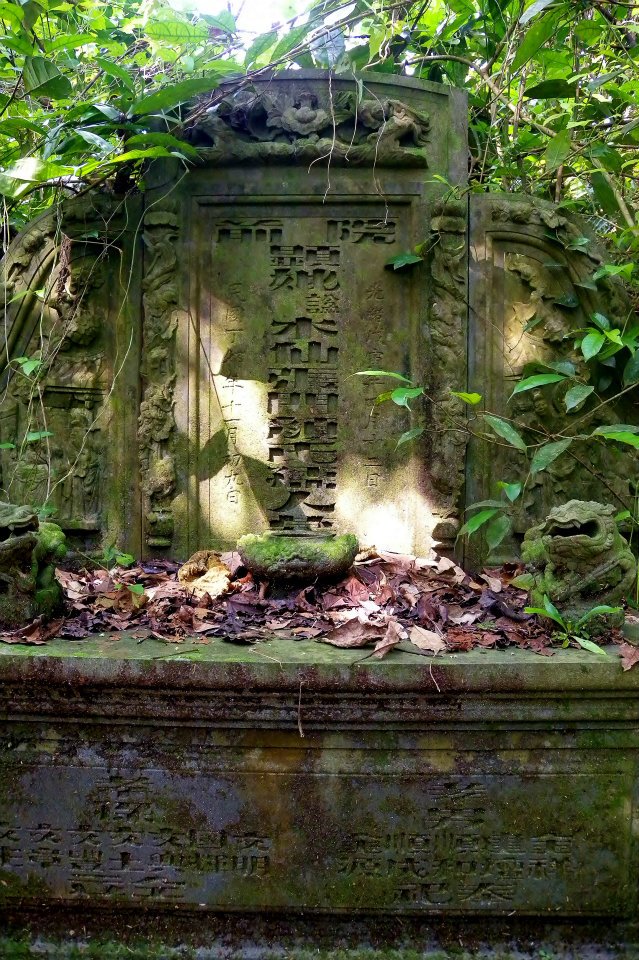
The inscriptions on the tomb stone are deeply carved and clear to read the names (photo Khoo Ee Hoon)
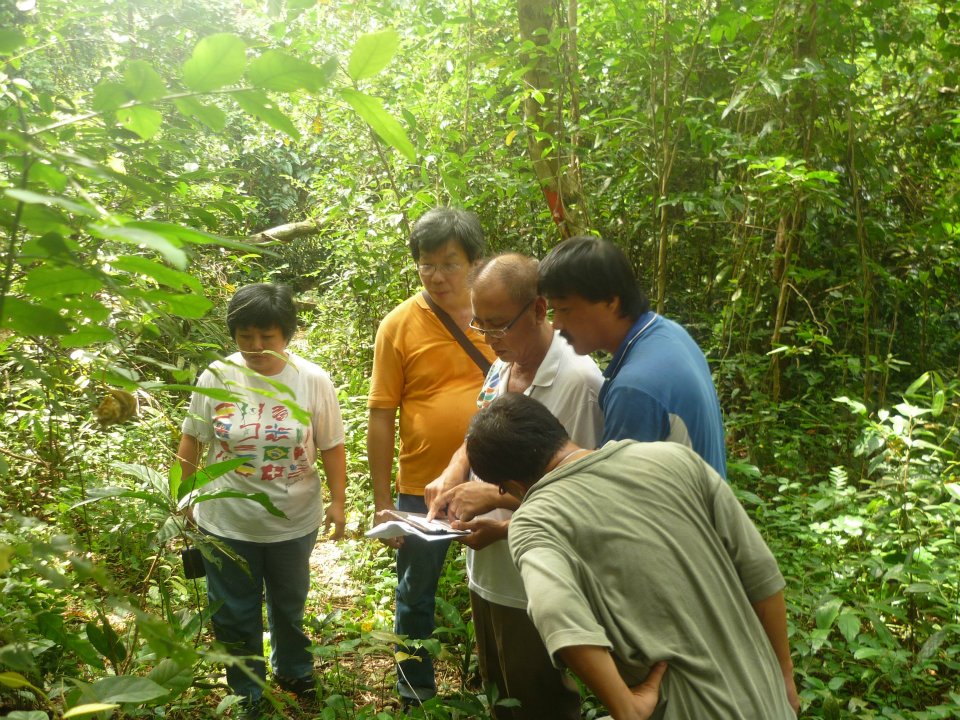
“Now let’s look for the other two wives. See the plot number again” with tomb keeper Lim in blue (photo Catherine Lim)
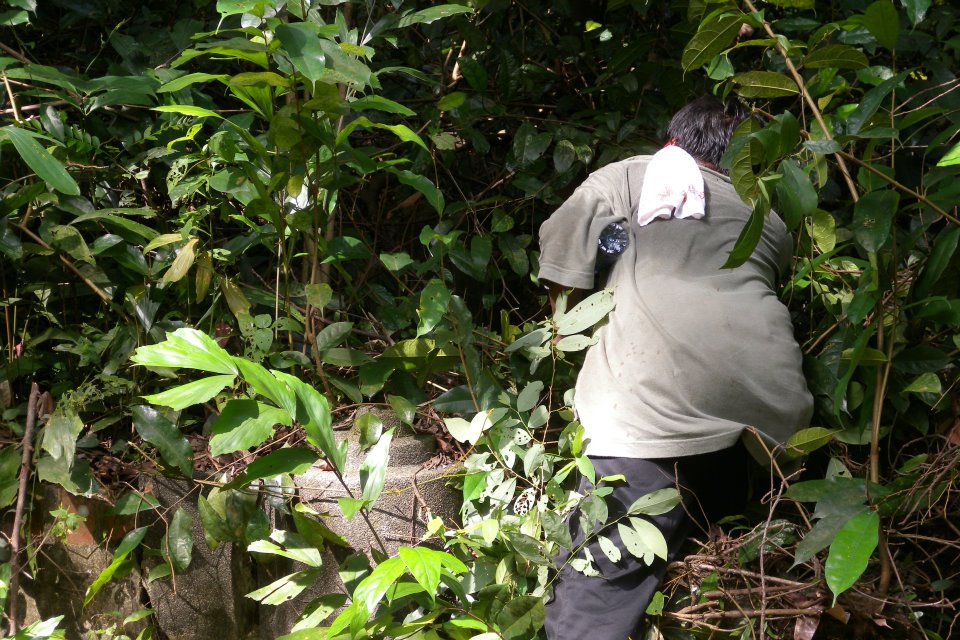
Raymond had already bounded up the other side of the hill and penetrated deep into the bush (photo Khoo Ee Hoon)
“It took me quite some time to find it, but I have now familiarized myself with the pauper divisions, so much so that the tombkeepers themselves ask my assistance if they encounter difficult to find tombs in pauper divisions. This one is in Blk 3 Div 11, in the depths of the forest.” Raymond Goh
So ends another fruitful afternoon for Khoo Ee Hoon, Peter Pak, Chew Keng Kiat with Raymond Goh. But we still don’t know much about how it came to be that a wealthy trader and businessman by the name of Teo Chin Chay came to have a pair of such unusual angels guarding his tomb. Could it be a Western take to Golden Boy and Jade Girl? The mystery continues.
Reported by Catherine Lim who was there but did not go bush bashing up the hill!
Alex’s Story Part 1
Compiled by Catherine Lim
In 1940, when Lim Sian Chin was only 6 months old, his mother passed away from a mysterious illness. Tan Tee Teo 陳甜桃; was only 23 years old.
On 2nd April, 2012, exactly 72 years to the date of Tan’s death (according to the lunar calendar) Lim Sian Chin, with his wife Hai Lian and 2 sons, Alex and Yong Beng paid what could be their last Qing Ming respects to her. (Roger, the middle son of Lim’s was in Dubai) Staked grave 3716 is one of nearly 4000 graves which lie in the way of an 8 lane highway that the government plans to build that will slice Bukit Brown Cemetery into half.
This is the photo essay of the Lims’ Qing Ming 2012 which was also covered by the documentation team led by Hui Yew Foong. It is composed from the view point of the eldest son, Alex.

” I remember back then when I was this nigh high, playing here among the lallang and the mozzies are still here ….” (photo Catherine Lim)
The Lim family were Taoist practitioners. In recent years, they have become Buddhists, as father believes after a period of time, the departed are already well and truly reincarnated. So offerings are “symbolic”

A unique way of wedging coloured paper through grass stalks so it won’t fly away (photo Catherine Lim)
This tradition comes from a Han emperor who after a long stint away from at war , returned home to pay respects to his parents. Their graves had become overgrown. So he decided to throw paper in 5 cardinal directions and where they landed and stayed, that would be where their graves were. A stone was used to wedge the paper to their tomb stones (that is why you still see stones on top of tombstones, it shows descendents have paid a visit.) Alex has his own unique way of “marking” the spot.
Post Script to Tan Tee Neo : The widower of Tan Tee Neo was to later marry her much younger sister sometime during or after World War 2. It was a fruitful union which resulted in half siblings for Lim and that branch of the family too continue to honour their late aunt at Qing Ming.
Alex’s story continues in Part II coming up soon where he pays his respect to his great great grandparents who are also buried in Bukit Brown. They are Lim Kee Tong 林箕當, Neo Kim 梁金. Find out more about the part Lim Kee Tong played in the setting up of a free school and a temple.
饮水思源 Remember The Source of the Water
Elizabeth Ong and Emma Lim
By Catherine Lim
In 2002 in London and Scotland, two Singapore couples stationed in the United Kingdom, welcomed new arrivals, both girls. Born four months apart, the Ongs in London named their daughter Elizabeth and she was their second child. The Lims in Scotland named their daughter, Emma and she was their first born
In 2006, after 13 years abroad, the Ongs returned home to Singapore because they felt it was time for their young family to root themselves to their country and they returned to the family home which with their children now houses 4 generations. Their children, elder brother Alexander to Elizabeth were enrolled in Nanyang Primary School and because they were still very young adapted well.
In 2010, the Lims after 12 years abroad returned home for very much the same reasons, to be with family and reconnect to their homeland. By then Emma had a brother and a sister. Their grandparents had visited them frequently when they were in Scotland and the grandchildren settled down comfortably in Singapore, all under one roof. Emma was able to enroll in Nanyang Primary School.
In 2011 Elizabeth and Emma met for the first time. They barely spoke in the first term of school but by term two their friendship just took off. Both are in the choir; Emma sings alto, and Elizabeth second soprano. Their passions are artistic. Dance lessons for Emma every weekend, and Elizabeth has been talking art lessons since 2007. Their mothers met and play dates were arranged whenever the girls had free moments in their busy schedules of school and extra curricula activities. But mostly the girls just text each other when apart.
As their friendship grew so did their mothers’. It was not long before they realised they had similar experiences of living abroad and coming home. When their husbands came into the picture, the Ong and Lim families found a deeper connection which reached back into Singapore’s past and found another friendship which their daughters’ echoed.
Elizabeth, is the great great granddaughter of Singapore pioneer and scholar Khoo Seok Wan and Emma is the great great great granddaughter of another luminous pioneer, Lim Boon Keng.
Lim Boon Keng and Khoo Seok Wan
By Ang Yik Han
One was the dapper son of a rich rice merchant from China, a poet and scholar who sat for the Imperial exams. The other was a local born Western trained doctor, recognised by government and society as one of the leading voices of the Straits Chinese community. Khoo Seok Wan and Lim Boon Keng made an unlikely pair of friends. But the historical and political milieu of their times gave birth to unlikely pairings.
Both men were supporters of the reformist movement in China which sought to re-vitalise the Qing Dynasty. Khoo founded the Thien Nan Shin Bao, a local Chinese newspaper sympathetic to the reformist cause; Lim Boon Keng was its English editor. Subsequently, Lim and his father-in-law took over another Chinese newspaper which also adopted the reformist line.
When Kang Youwei, the leader of the reformists, fled China after the Reform’s failure, Khoo offered him shelter in Singapore and sucour for the cause. With the threat of assassins dispatched by the Qing government hanging over Kang, Lim worked with Khoo and the Straits Settlements authorities to protect him. Kang moved three times during his short stay of five months in Singapore. The first two places were properties belonging to Khoo Seok Wan and the third hideout was none other than Lim Boon Keng’s house.
The two also combined their efforts in education and social reform. They established the Singapore Chinese Girls School with other progressive members of the Chinese community at a time when the proper place of women was at home and female education was look upon with disdain. Half of the funds for the school ($3000) were contributed by Khoo Seok Wan and both men served on the inaugural Board of the school.
Khoo’s role in society was greatly diminished in the years following his bankruptcy. He became destitute and had to scrap a living with his pen. Even then, the friendship continued.
The Ong family has in their possession a book of calligraphy and original paintings which belonged to Khoo Seok Wan.
This book bears the signatures of various guests who had the honour of leafing through it, including Lim Boon Keng who visited in February 1927. By then, his full time job was the Chancellor of the Amoy University. Lim’s occasional trips back to Singapore were primarily for the never ending task of raising funds for the University, yet somehow he found time to visit his old friend. This signature is testimony to their enduring friendship.
Post script on Emma and Elizabeth
Emma on her friend, Elizabeth:
Elizabeth is pretty and cute.
Elizabeth is smart, funny and my BFF.
Elizabeth has a kind heart and always helps me when I am in need.
Elizabeth on her friend, Emma:
Emma is my BFF and she is fun and exciting to be with.
She always sticks by me through thick and thin.
Emma is pretty and she is a true friend to me.
Bangsawan and the Bukit Brown connection. One of the earliest impresarios of traditional Malay Opera is buried in Bukit Brown and is highlighted in Group 2 Tour.
The Beginning of Bangsawan in Singapore
by Norman Cho
Before the advent of the television or the sound movies, theatrical performances were the few forms of entertainment available to the masses. One of which was the Bangsawan. The Bangsawan (Malay Opera) troupes consisted of professional Malay actors. The origins of the Bangsawan probably originated from the western plays. A small orchestra consisting of the violin, the accordion and local Malay percussion instruments such as the kompang, would normally accompany the stage-acts. Comedy and tragedy were the common genres. Stories which imbed morals were often told through these plays. While the plays were in Malay, the stories were adapted from legends and folklore from diverse origins such as Chinese, European, Hindi, Arabian and Malay. The classical Malay language was normally used. This would be a higher form of Malay that was used by the Malay Royal Courts, which was archaic.
The most renowned was the Star Opera Company (1909 – 1927) which was owned by the Peranakan brothers – K.H. Cheong (Cheong Koon Hong) and K.S. Cheong (Cheong Koon Seng) and was managed by their nephew Y.L. Tan (Tan Yew Lee). It was situated at Star Opera Hall – Theatre Royal, North Bridge Road. They accepted reservations through phone bookings as early as 1918. Tickets costs between $0.50 to $5. Star Opera was so popular that it received patronage from various Malay Royals like the Sulatan of Trengganu in 1910. Even the Europeans attended its 1914 production of Shakespeare’s “Hamlet” in Malay.
Their star artiste was Khairudin, also popularly known as Tairu (Tairo). His name was synonymous with the Bangsawan. He was so sought-after that his performances were frequently sold-out. As with many movie stars of today, fame invited gossip. Magic charms had been suggested for his unwavering popularity. The nyonyas mesmerized by Tairu’s dashing good looks, literally threw their jewellery on stage after each performance – a diamond ring or a hurriedly unfasten kerosang intan (diamond brooch) being the commonest items. Flustered Babas forbade their wives from attending his performance. His career peaked during 1918 but he stopped performing for the Star Opera around 1924 to start and star in a very successful company called “Dean’s Opera” also at Theatre Royal, North Bridge Road. He had probably taken over the venue from Star Opera Company. By then he billed himself as Kairo Dean. Born in Hong Kong in 1890, he came to Singapore in 1900 and studied in Belilios Public School. He was not very good at his studies and worked as a handbill boy for Wang Kassim at the age of 14, earning 15 cents per day. He was talent spotted by its director Gulam Mydin and the rest is now history…
Over at Frankel Estate’s Opera Estate, streets were not only named after European Operas like Tosca, Aida or Figaro. Jalan Bangsawan, Jalan Khairuddin and Jalan Bintang Tiga of the Malay Opera world could also be found.
More on Bangsawan by Norman Cho here
Recently Bangsawan was revived by the Singapore River. Read Jerome Lim’s blog for more.
This article is adapted by Norman from
“an article first published in The Peranakan, Issue 3, 2011, pp. 3. Reproduced courtesy of The Peranakan Association, Singapore”
by Andrew Tan
In Bukit Brown Cemetery, an avenue, like prime real estate, connects Singapore’s prominent families—all inter-related, as these powerful cliques were linked by arranged marriages to perpetuate their wealth and influence through six generations, during 150 years of British rule (1819 to 1959).
Chronology
1819-1867 Beginnings
The earliest Asian elites in Singapore were comprador-kapitans from Malacca, who brokered with European (mainly British) companies, exclusive credit and arms deals. To procure native products for Europeans, compradors resourced from powerful clan headmen who controlled the supply of coolie labour, ships, and native products—crucial to entrepot success. Business partnerships were tied by arranged marriages between all families.
Family examples: Tan Tock Seng and his family network supplied and distributed manufactures for the British “country traders”; they also married influential relatives of the compradors and Kapitan Cina. Together, this was the first powerful clique in Singapore, which broadened (after Singapore’s cessation as entrepot of the opium-arms trade following British victory over Qing China) to include revenue farmers and labour contractors as their enterprises penetrated Southeast Asia.
1867-1900 Rise
From 1867, with Singapore a crown colony, the long established families recruited scholars and professionals as sons-in-law, to perpetuate their vested interests (e.g. tax-free “free trade” policies, opium farms, colonial intervention in tin-rich Malaya) through positions in the advisory board and councils at the municipal, rural and legislative level; appointments rotated among relatives (who advised the Governor on nominations) to ensure advantageous policy continuity.
The immediate decades after Suez Canal opened in 1869 diverted oceanic traffic through Singapore. To compete internationally, merchant families pooled their resources into joint-venture consortiums (in steamships); their offspring intermarried too. Ties between in-laws counted more than paper contracts.
Family examples: Notable Queen scholars (Lim Boon Keng, Song Ong Siang etc) and other top professionals were sons-in-law of well established merchant-shipping families like the Wee-Ho Hong-Lee group, as well as others who partnered in Straits Steamship.
1900-1941 Peak
Insatiable demand for World War One commodities (tin, rubber) produced the first multi-millionaires in Singapore: these nouveaux-riches—their heirs and heiresses were courted and charmed by Old Money. Merging New Money with Old gave birth to multifamily-owned conglomerates (e.g. OCBC, UOB, Straits Steamship) tying together banks, ships, plantations, factories and newspapers.
Large fortunes would aggrandize social ambition: Plutocrats usurped collective and consular institutions (e.g. Ngee Ann Kongsi, Chinese Chambers of Commerce), to connect with powerful Chinese warlords of lucrative market potential, offering to regimes funds for schools and humanitarian relief, using family-controlled newspaper editorials to galvanize mass involvement.
Ability to lead the Chinese masses into action was recognized by the British military; however, these plutocrats on war councils were relocated with their families to India just weeks before the Japanese Occupation.
Family examples: Families from shipping, commodities, revenue farming, and remittances, co-founded the conglomerates of OCBC and UOB, with ties to the burgeoning sectors like film and publishing, and family connections in politics.
1945-1959 Turning Point
In postwar Singapore, enriched by military contracts in the Cold War, scions used their wealth to contest for elected self-government, but the expanded, impoverished electorate rejected these “rich men’s parties” (Progressive Party and Democratic Party, whose members were related, merged into the Liberal Socialist Party), in favour of a new regime, the People’s Action Party (PAP).
Family examples: Contracts were monopolized by consortiums who subcontracted to each other. Chain of suppliers for the British military coalesced and expanded to retail giants.
1959 onwards Decline
Following Singapore’s independence under the PAP, the old elites diminished in economic influence: their once-predominant, century-old monopoly of colonial contracts was overshadowed by the growth of public state-sector industries in partnership with foreign multinationals. Attrition too, their vast landholdings compulsorily acquired by the state for redevelopment.
Their hereditary clan-leadership in communities has been subsumed by government departments that fund and run all neighbourhood activities and amenities. More than cultural and community centres, clans were once the centre of powerful labour unions. They once ran schools; but today, the Education Ministry syllabus and compulsory mandarin has created a generation disconnected with their dialect heritage, previously stressed in clan schools.
Arranged marriages and pedigrees became obsolete as post-war mass education broadened careers and widened choices in life partners. Also, professionalization broke down class barriers. The Women’s Charter in 1961 ended the quasi-feudal family structure.
As Singapore developed to become a middle class society, a new breed of technocrats allied with the PAP replaced the Old Establishment.
A multifamily tree, with 1000 people from 100 families, 6 generations interlinked in strategic alliances from the late 1700s to now, will be published in 2012. I shed light on the influential cliques (made up of powerful families) who dominated Singapore’s society and economy past two hundred years. Andrew Tan
Peranakans in Mourning by Norman Cho
The three most important events in one’s life is thought to be Birth, Marriage and Death. They are seminal. Therefore, the Chinese conceived special rites and rituals associated with each of these occasions.
Traditionally, when death occurred in a Peranakan home, white masking tapes would mark an “X” over the jee-hoe(family plaque) that was hung above the main door as a sign that the residence was in mourning. The main door and the front windows were similarly demarcated. All mirrors in the house were either covered with white cloths or be “X” over with white masking tapes. This was done to prevent deflecting the soul of the recently deceased. If two deaths occurred in a family consecutively, mourning favoured the latest death.
If the deceased had his funeral done away from his own home then a chye kee (red banner/bunting) must be hung at the main door of the residence that hosted the wake. This was to show that nobody from that house had died.
The full duration of the mourning period was three years. This is known as tua-har berat (heavy mourning). It is divided into stages. For the first 100 days, the mourners would wear traditional Chinese mourning garb that was made from belachu (sackcloth material). The womenfolk who would normally don the chignon had to let down their hair as an expression of grieve. The subsequent one year, the mourners would wear fully black baju and sarong (nyonya attire). The nyonya would start doing her chignon during the “black” mourning stage. The following stages would be one year of chit-itam (black-white combination), then six months biru (blue) and the final six months of ijoh (green). Interestingly, each stage is not customarily carried through to the full term for each stage. The mourners would perhaps mourn only 90 days out of the 100 days or 11 months out of the one year.
During the various stages of mourning, the nyonyas would adorn themselves with pearl mourning jewellery set in silver. The whiteness of pearl and silver was thought to be apt for mourning. In the Victorian west, pearl mourning jewellery was also very popular and the pearls signified droplets of tears. It was little wonder that the nyonyas who were under British adopted the same practice. Such pearl jewellery was not only worn by the mourners but also interned with the deceased. It was known that some living nyonyas would commission replicas of their favourite gold diamond jewellery in silver and pearl, to be worn when they depart.
The working male normally wore traditional sackcloth mourning attire till the body was interned. Then, they would switch to wearing a small square patch (made from sackcloth) on the shirt sleeve for 100 days. If the deceased was male, the patch would be worn on the left arm. However, if the deceased was female, the patch would be worn on the right. Subsequently, they would wear a black arm-band for one year, in accordance with the western practice.
When the nyonyas buang/bukak/lepas tua-har (terminates her mourning), she would signify this by wearing bright coloured attire such as red and insert bunga siantan (ixora) onto her chignon. The end of mourning is marked by a definitive splash of colour.
By a strange coincidence, different forms of mosaic art flourished in the West and East independently of each other. The renowned Byzantine mosaics have their parallels in the “jian nian (剪黏)” or cut and paste mosaic sculptures of Southern China. This decorative technique is widely used in traditional architecture, particularly in the elaborate sculptures adorning the roofs of temples in the Fujian and Chaozhou regions. Migrants from these regions brought the technique abroad and mosaic sculptures can be seen in many traditional buildings in Singapore and Malaysia.
A cemetery is not the usual place to find an ornate temple roof but the art of “jian nian” has nevertheless managed to find its way into Bukit Brown. On Hill 4, at the tomb of Mdm Yeoh Siew Kheng (commonly known as the “5 cats” tomb due to the presence of 5 lions), a lavish display of “jian nian” mosaics can be seen. There are the five lions, a pair of male attendants and tableaux featuring the 8 immortals. Even the Chinese characters of the tomb couplets are mosaics.
Time and the elements have not been kind to these art pieces but enough remain to give a hint of the once gay colours and resplendent forms.
So far, this is the only instance of “jian nian” mosaic sculptures found in Bukit Brown. With so many tombs unexplored there may be more surprises in store.
几枚白石伴青珉,
小筑坟莹隔岁春
地下有灵相谅解,
迟工原是为家贫.
A few pieces of white rock accompany the green stone,
A little grave built but alas late one year
My dear I hope you can understand the reason,
I am late to build because of my poverty.
(Khoo Seok Wan (1874-1941) in memory of his wife, Lu Jie (陆结)
He was a Confucian scholar, a political activist in revolutionary China, a prominent community leader in Singapore and an early advocate for education for girls who helped set up the Singapore Chinese Girls School.
Born into a wealthy merchant family, Khoo’s fortunes waxed and waned because of his extravagant life style ( he was known to be a generous host) and the over extension of his funding activities to revolutionary causes. But embedded in his life is a love story which captured the heart of Bukit Brown resident tomb whisperer Raymond Goh; he was determined to find his grave.
When Khoo Seok Wan’s wife died in 1936 at the age of 44, his fortunes were on the wane and he was bankrupted. He could not afford a tombstone for his wife whom he buried in Bukit Brown. So he buried his own tooth with her and when he could afford it the next year also constructed his own tombstone in preparation to be reunited her one day. The poem was penned to mark the occasion.
Khoo was born in Fujian, China, and followed his mother to Macau before he joined his father in Singapore in 1881. His father, Khoo Cheng Tiong (邱正忠), was a successful rice merchant and prominent community leader in Singapore. Khoo was schooled in traditional Confucian education, and when he was 15 years old, he went back to his hometown to prepare for the Chinese imperial examinations. He passed the district and provincial examinations to attain the level of a juren (举人) that qualified him as a candidate for the central government imperial examinations in Beijing, but he failed in that attempt in 1895 and returned to Singapore.
Khoo suffered from leprosy and lived his last years on the generosity of his friends. He died in Singapore at the age of 68 on 1 December 1941.
He was buried in Bukit Brown cemetery beside his wife. Earlier this year, Raymond Goh finally tracked down the tombstone Khoo built for himself and his wife from records in the Burial Register lodged with the National Archives. Khoo Seok Wan’s tomb is in Blk 4 Section C, is in the path of new dual 4 lane road.

Khoo Seok Wan “live” tomb, inscribed on the altar is his epithet which he penned himself (photo:Raymond Goh)
海山無地築仙龛
… How can the buried bones leap across the sword lake
日下三徵終不起
Even if you beckon 3 times, I could no longer arise
That lay in Singapore enduring long thirst
Flying flowers realized their butterfly past life
Caressing the epigraph, thoughts stop and future generations
If you don’t believe just look at the tomb grass
88 old man Seok Wan
I stand before him, silent, in respect and awe.
His genes embedded in every cell of mine
We are bonded though the course of time.
A white stake declares a foreboding future
His eyeless sockets shedding copious tears
That eight lane highway: unspoken fears
“Could you not ask them to let us rest in peace”
His silenced tongue in eloquence loudly says
His bony hands grasp me in one last fond embrace.
by Lim Su Min 林蘇民 in tribute.
The prolific Khoo is responsible for composing epithets for luminaries buried at Bukit Brown. Among them the father of Khoo Teck Puat, Khoo Yang Thin. His epithet is an exhortation to the descendents through a list of things to do to live a good, honest and honorable life.
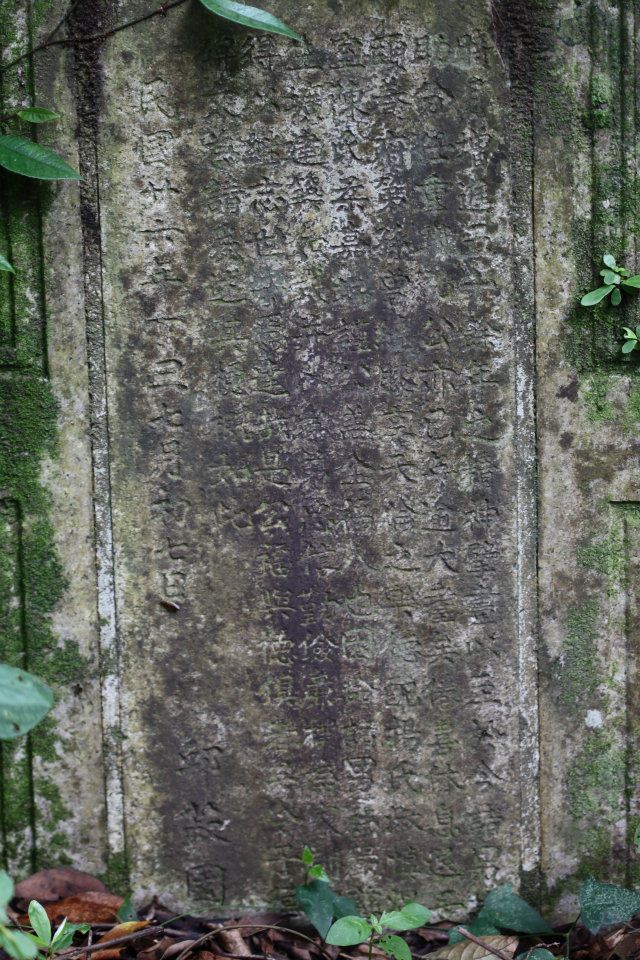
Discernible beneath the grime there is true grit Khoo Yang Thin’s grave can be found in group 12 on the map (photo Perry Tan)
Another example is the epithet for Wee Teck Seng’s tomb (just below Gan Eng Seng):
Khoo Seok Wan was also responsible for popularizing the term Sin Chew which is a sobriquet for “Singapore” (translated) Khoo writes: Singapore is an island surrounded by the sea, and with vessels and boats large and small anchored around it; the glitter of artificial lights at night are like a crown of illuminated stars (“星”) when viewed from afar. “洲” (zhou, island) and “舟” (zhou, boat) are homonyms: while the boat lights are like stars, those on the island are like the Big Dipper to accentuate the constellation. This is why the term “Sin Chew” is widely known by folks here and afar.
Editor’s note: In the first posting of this article, Lim Su Min our tea master, believed Khoo Seok Wan to be his great great grandfather based on initial evidence. Further investigation has shown this trail to be false. But in the spirit of paying tribute to Khoo Seok Wan the poet, we are leaving in this post the poem composed by Su Min.
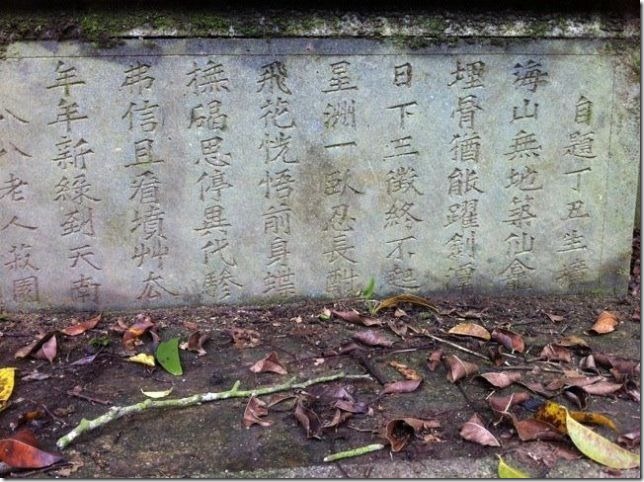

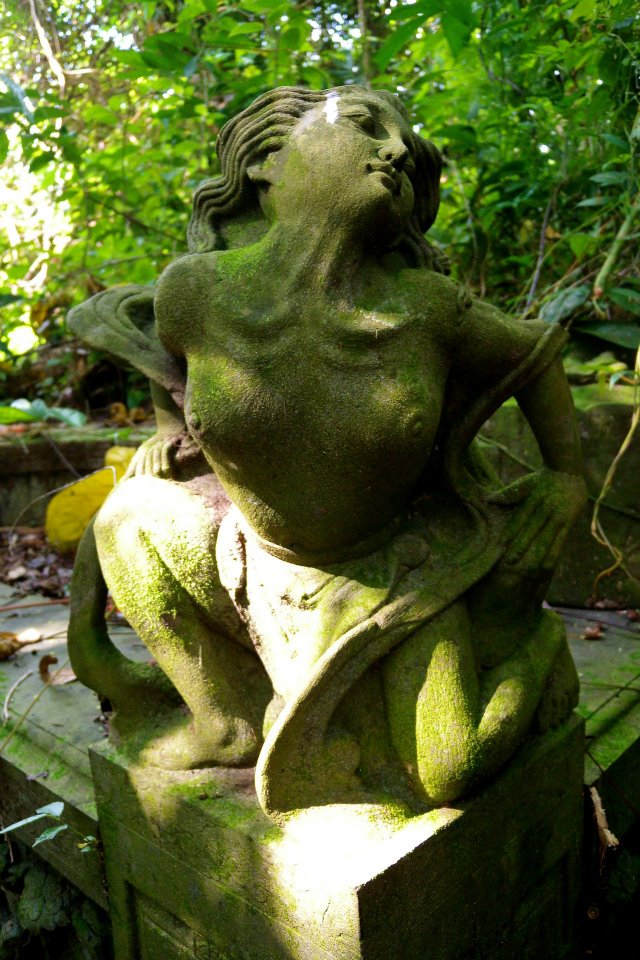
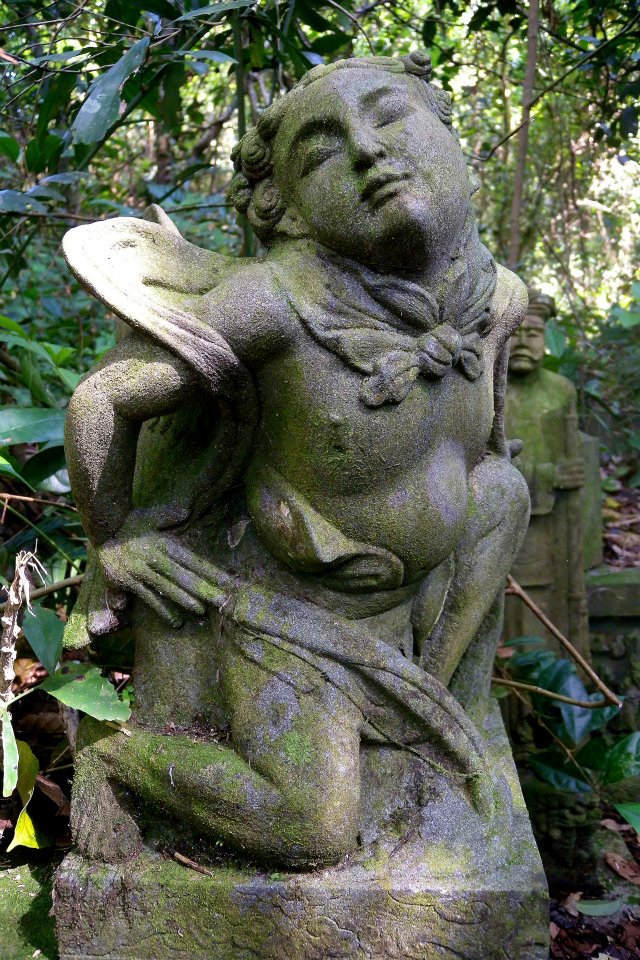

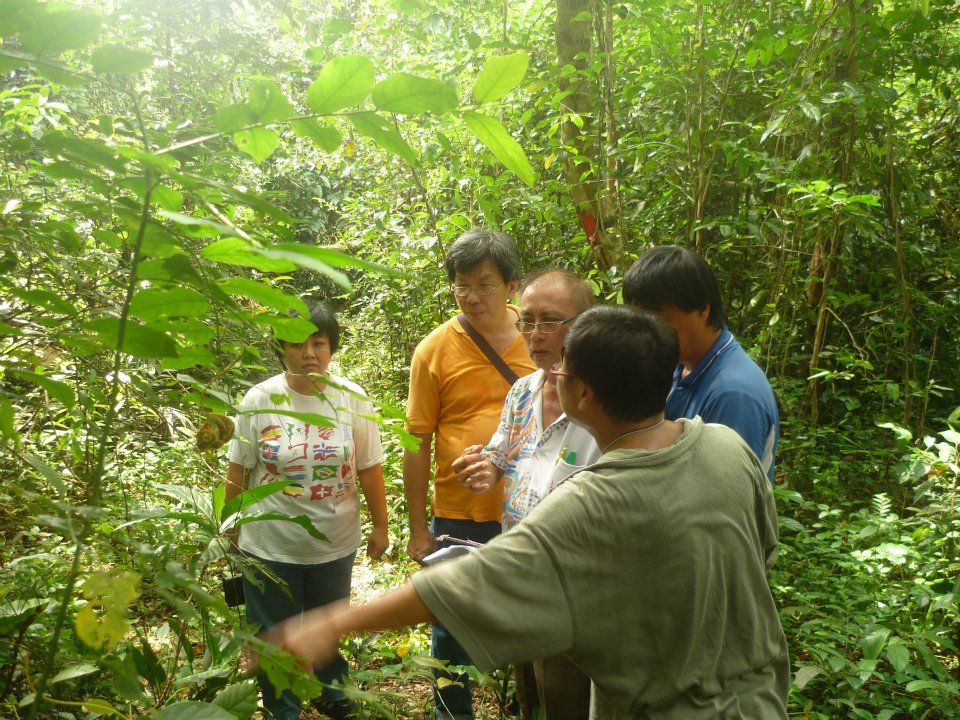
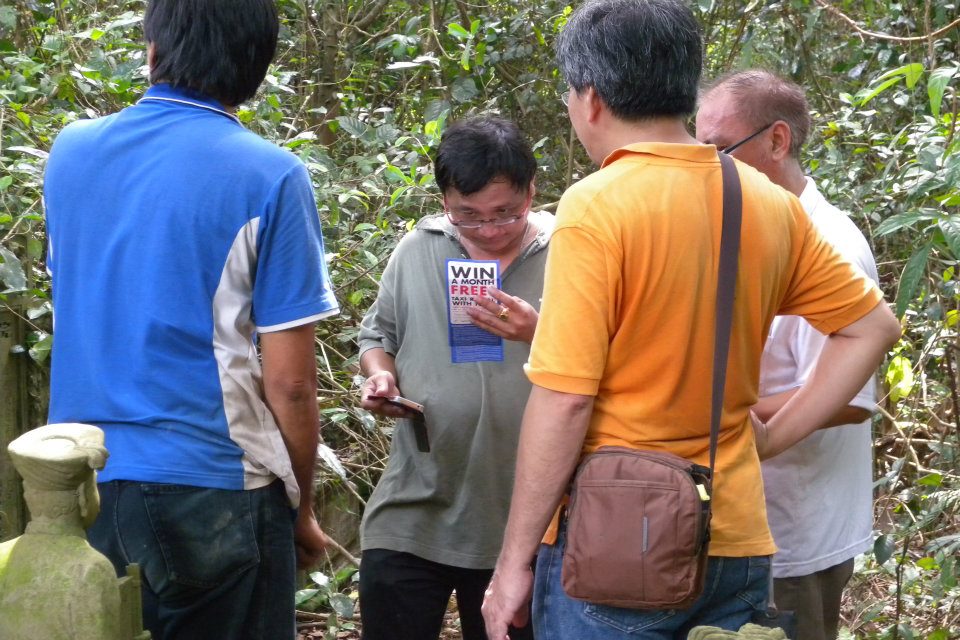
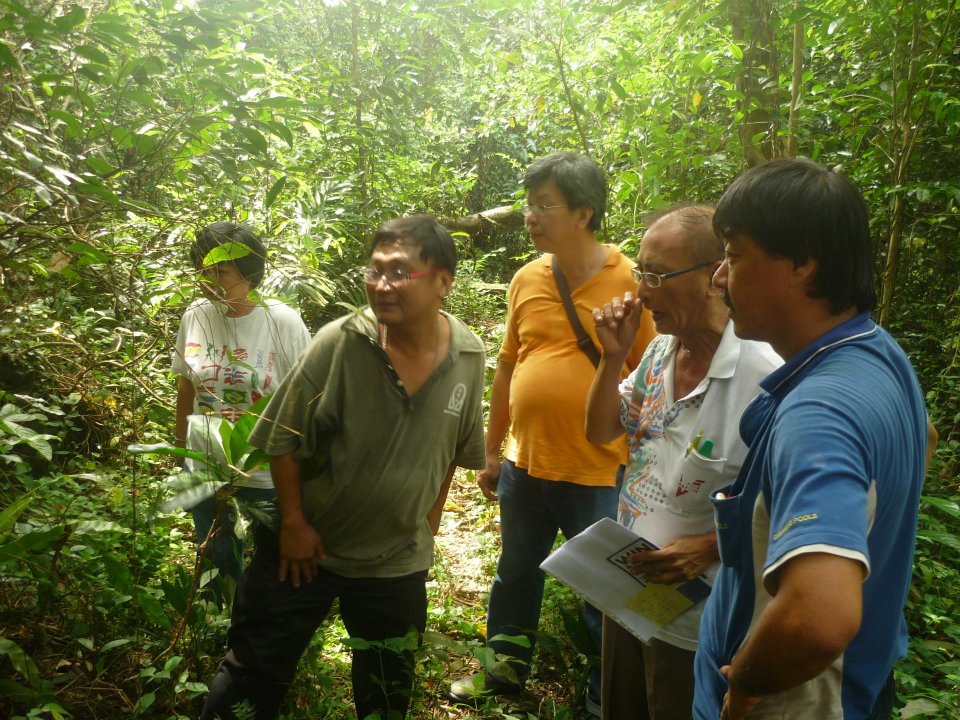
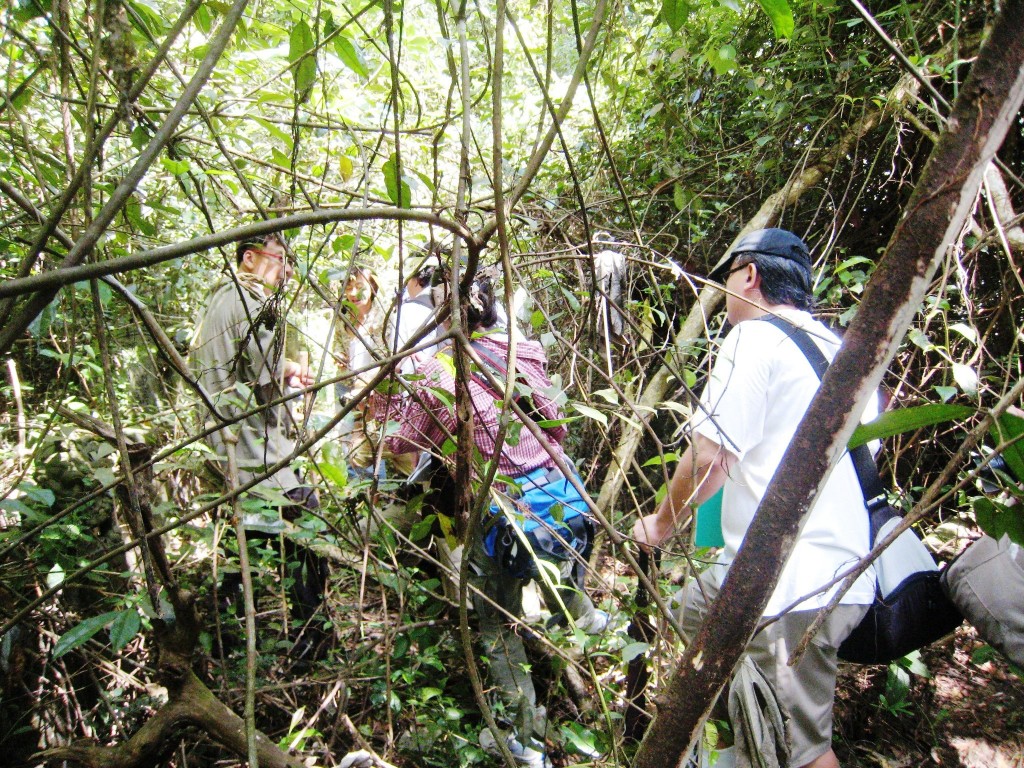


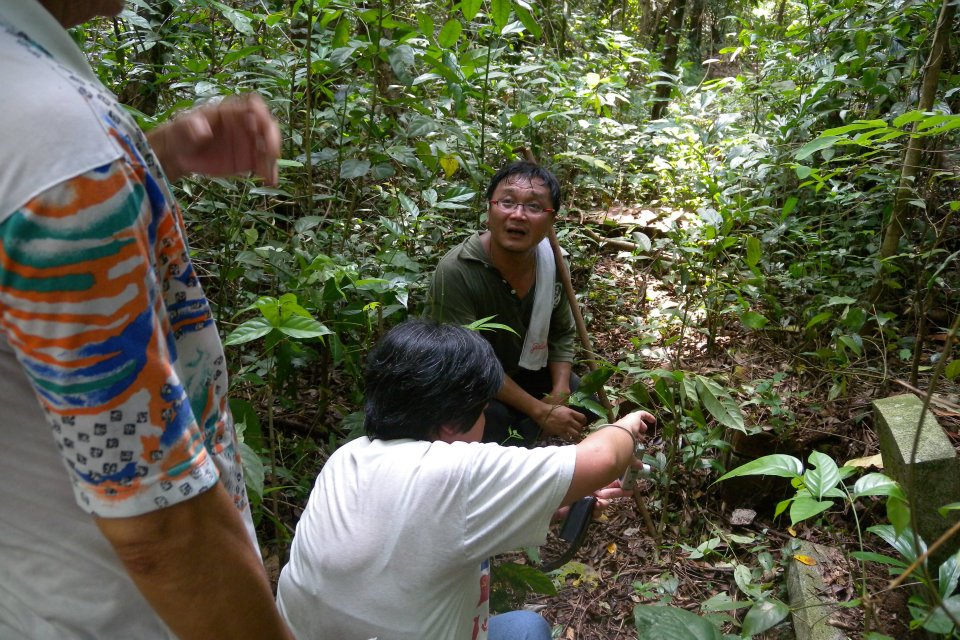
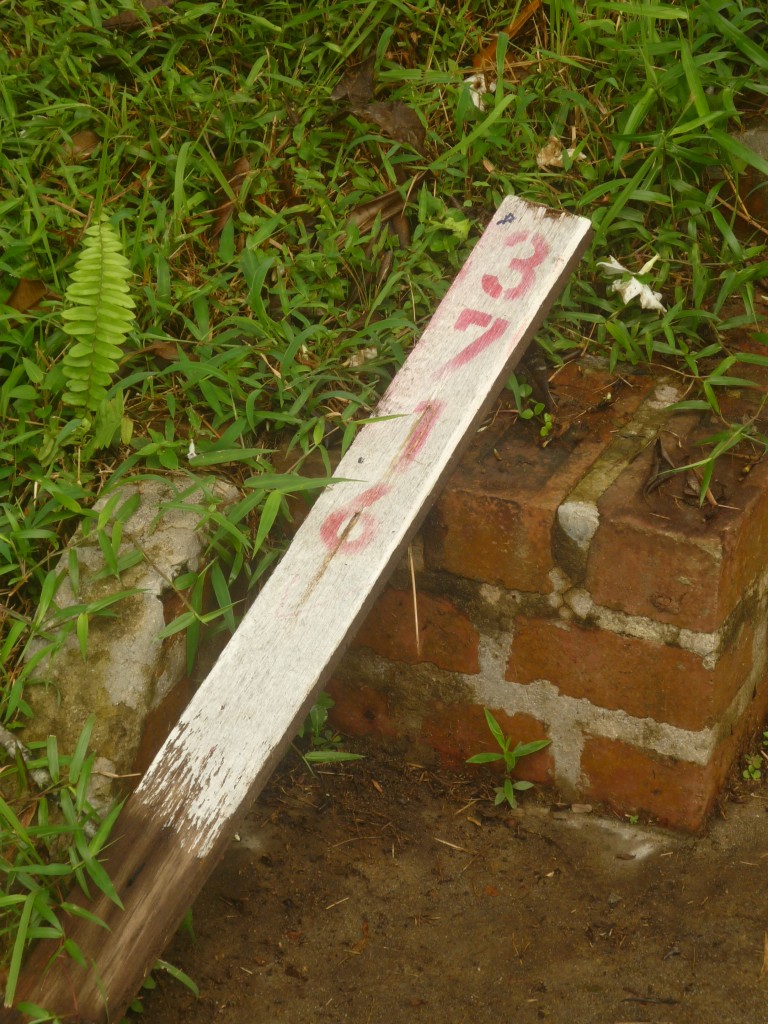


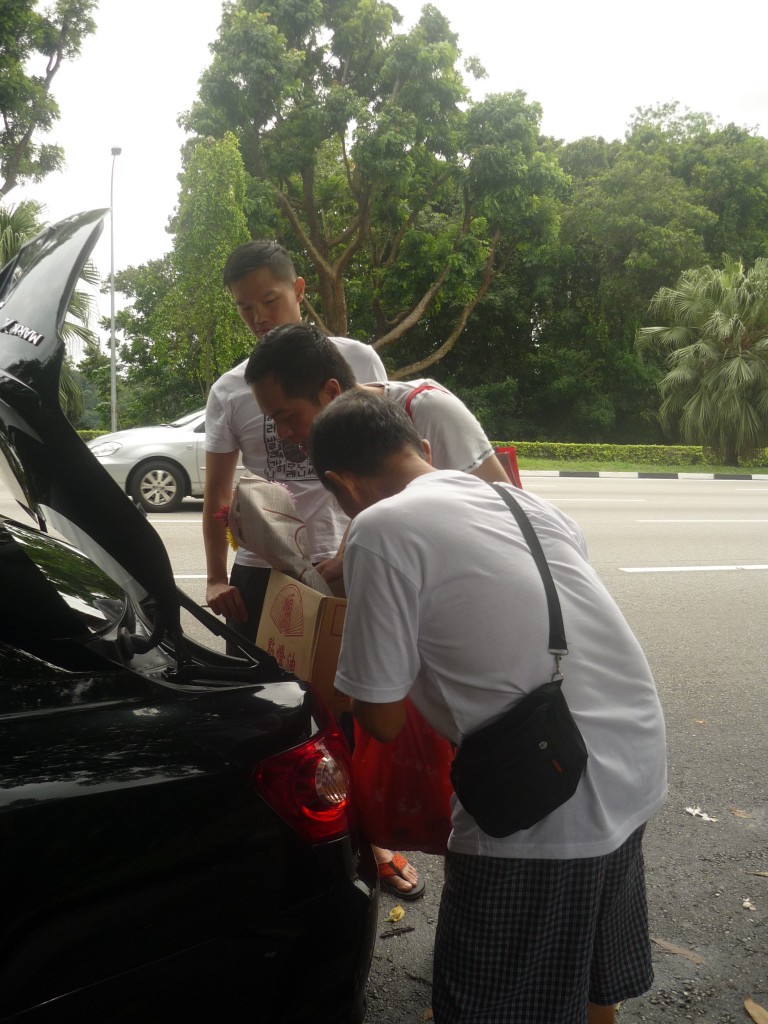
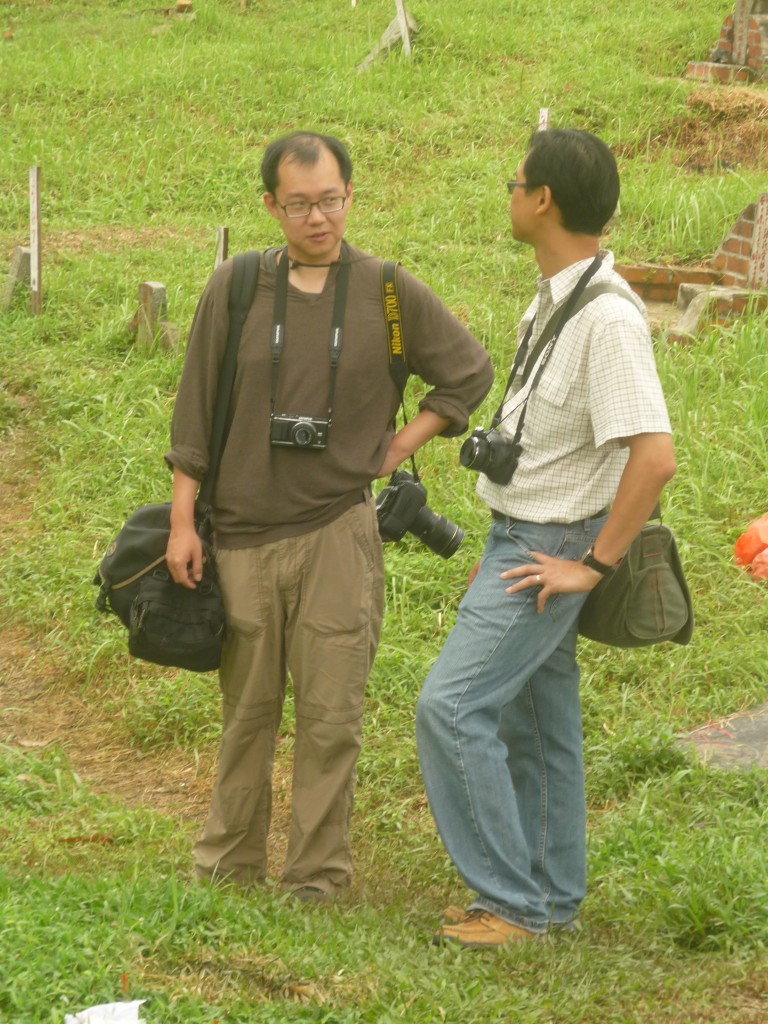
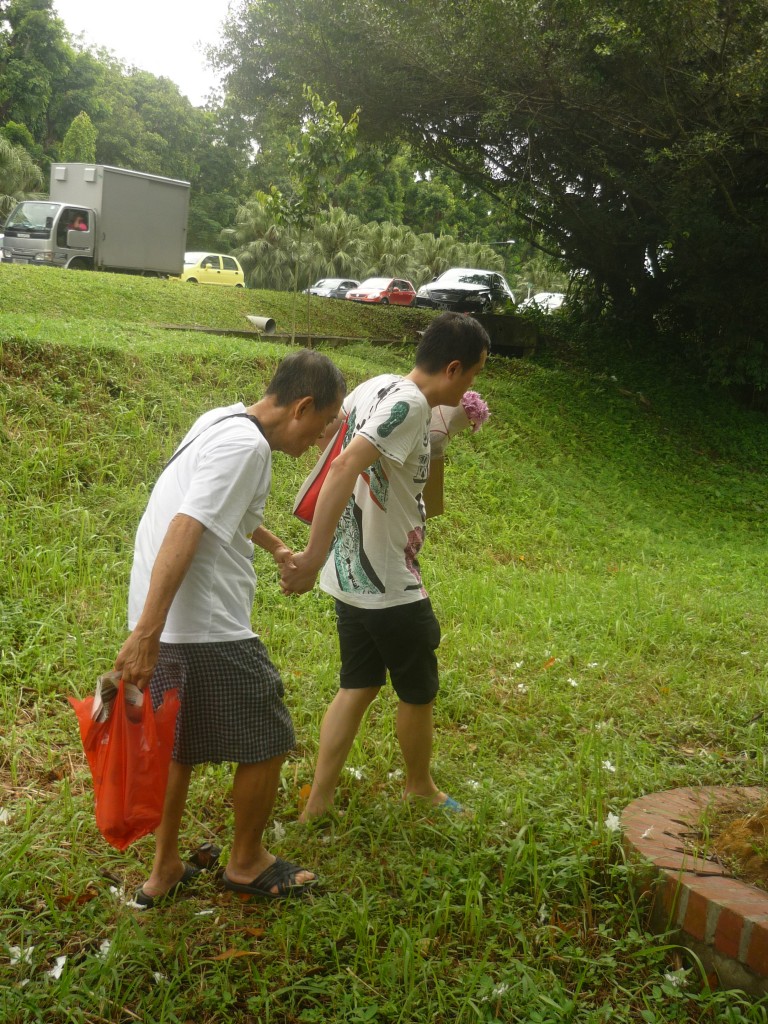
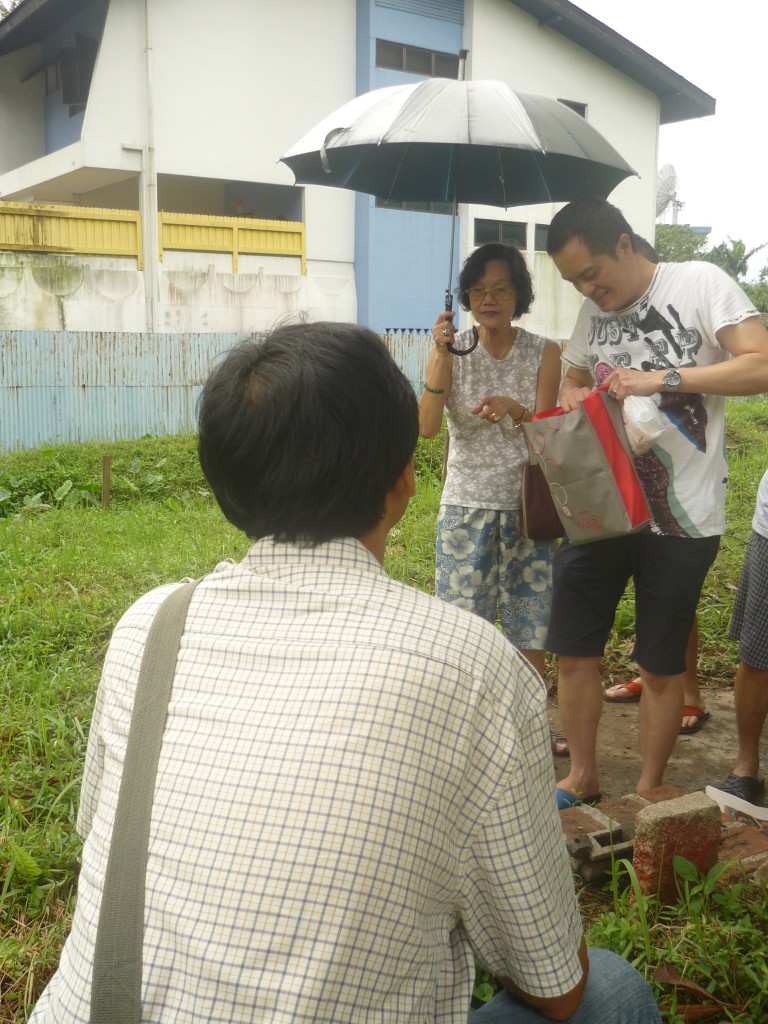

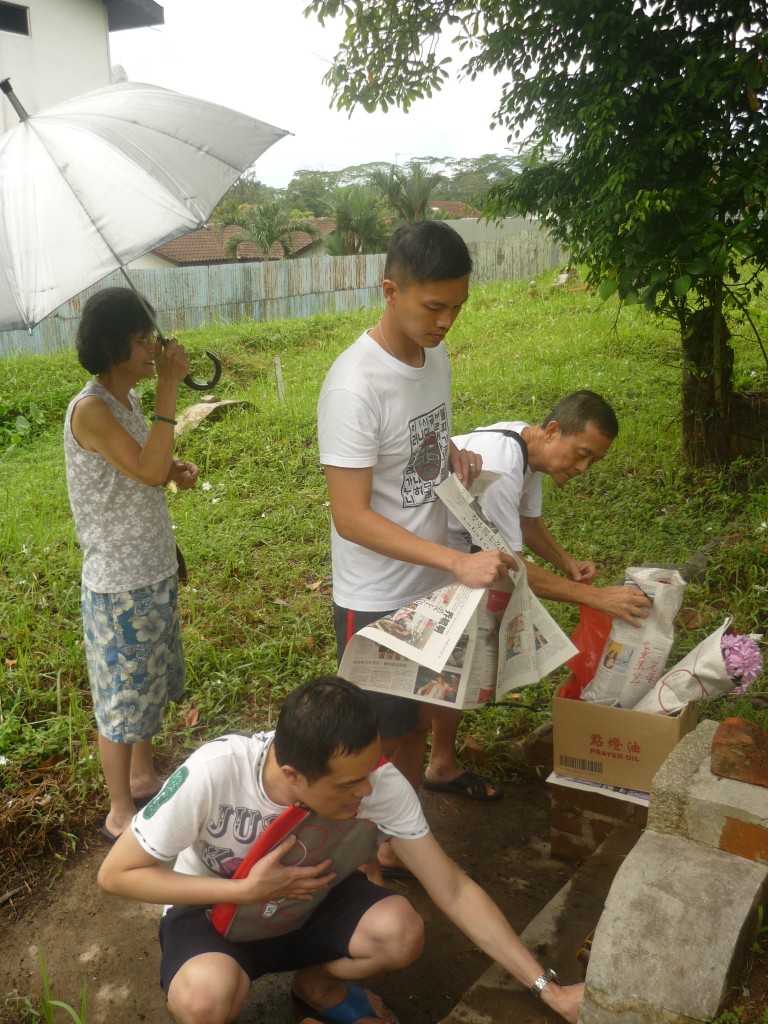
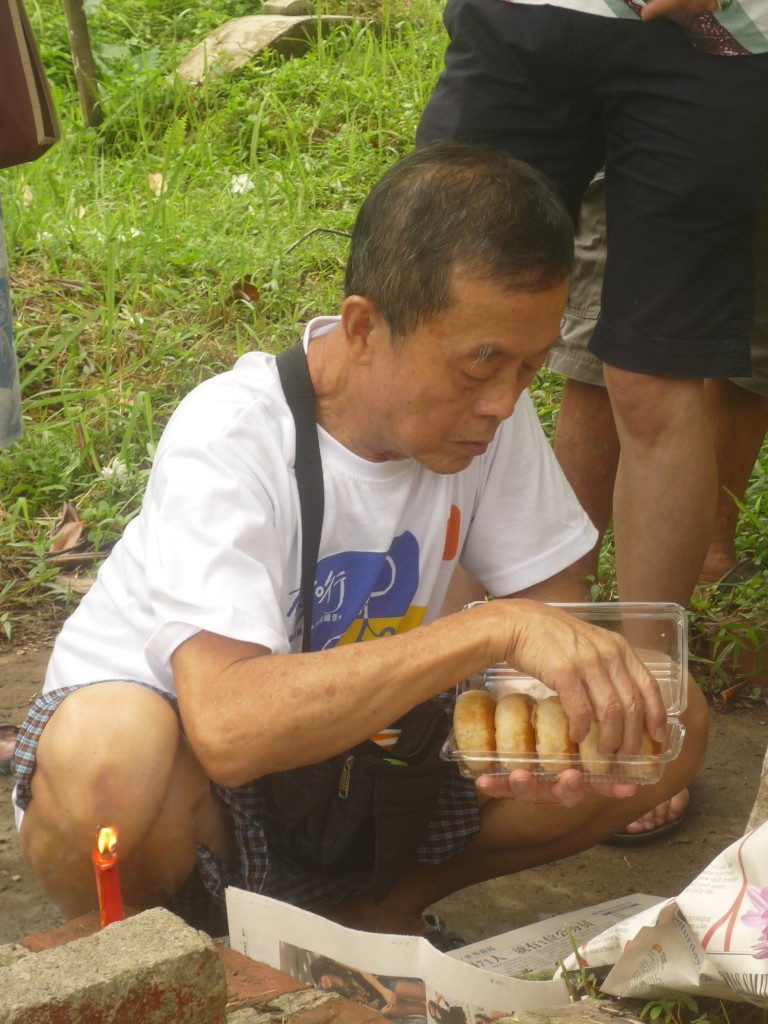
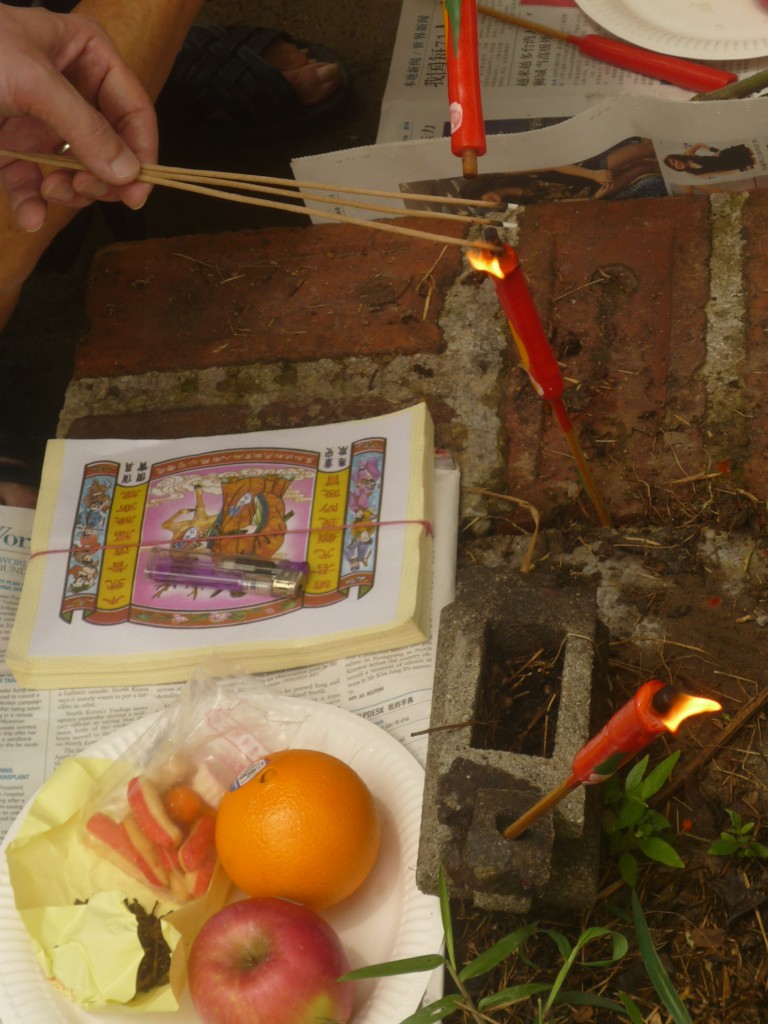

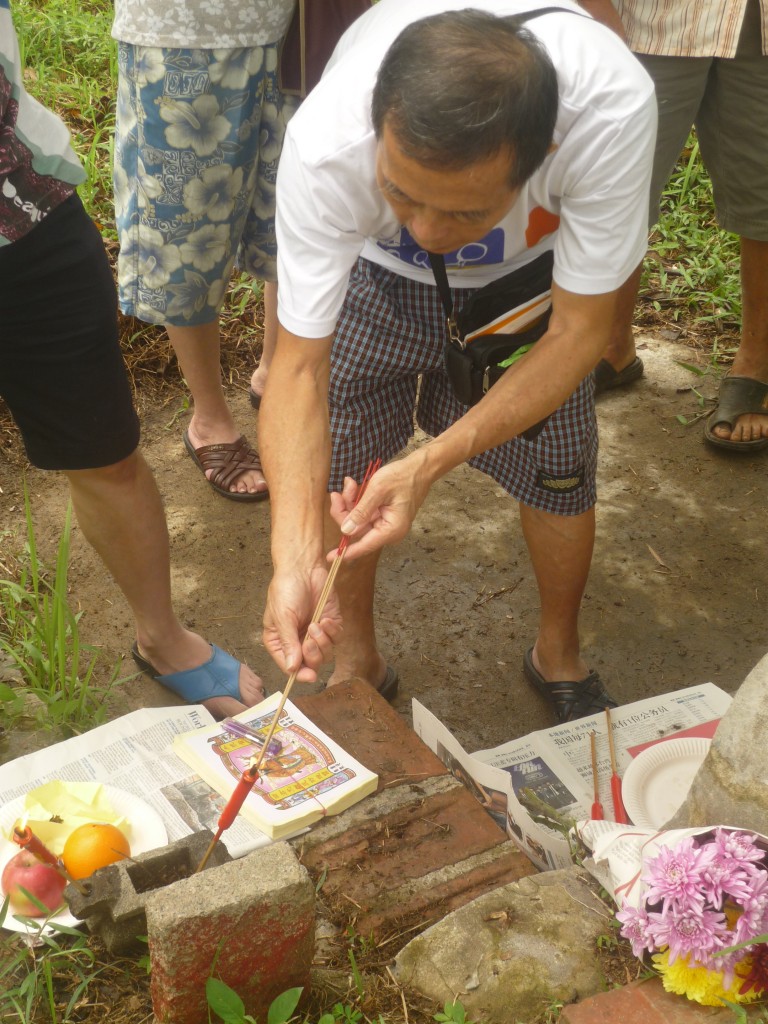
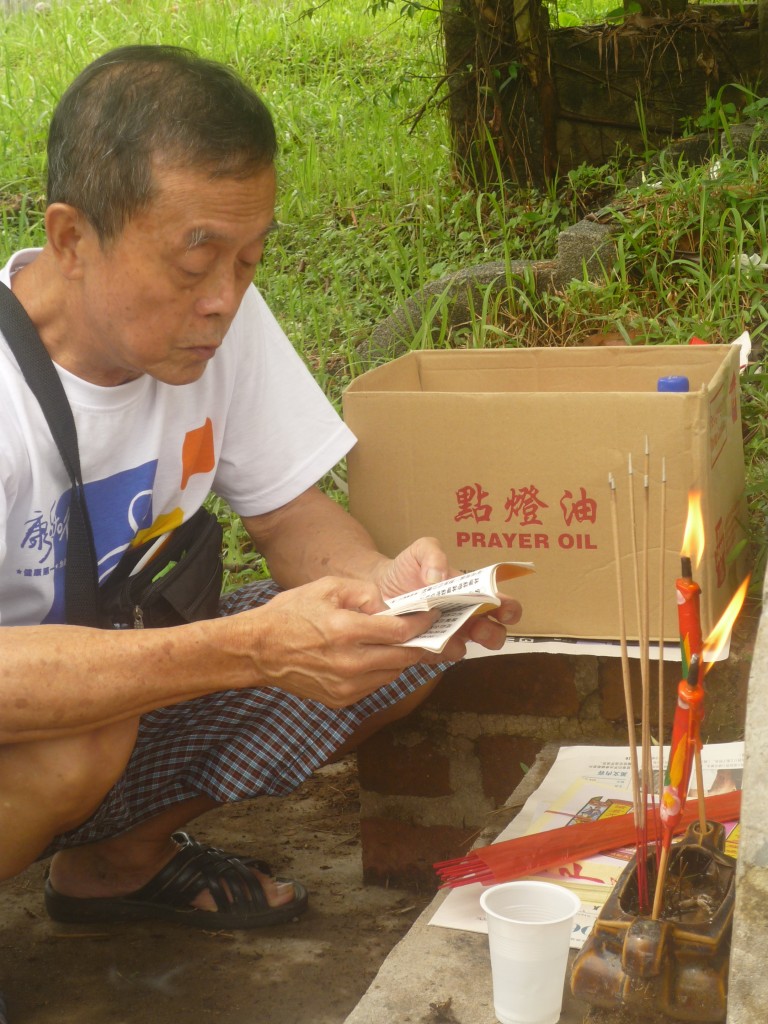
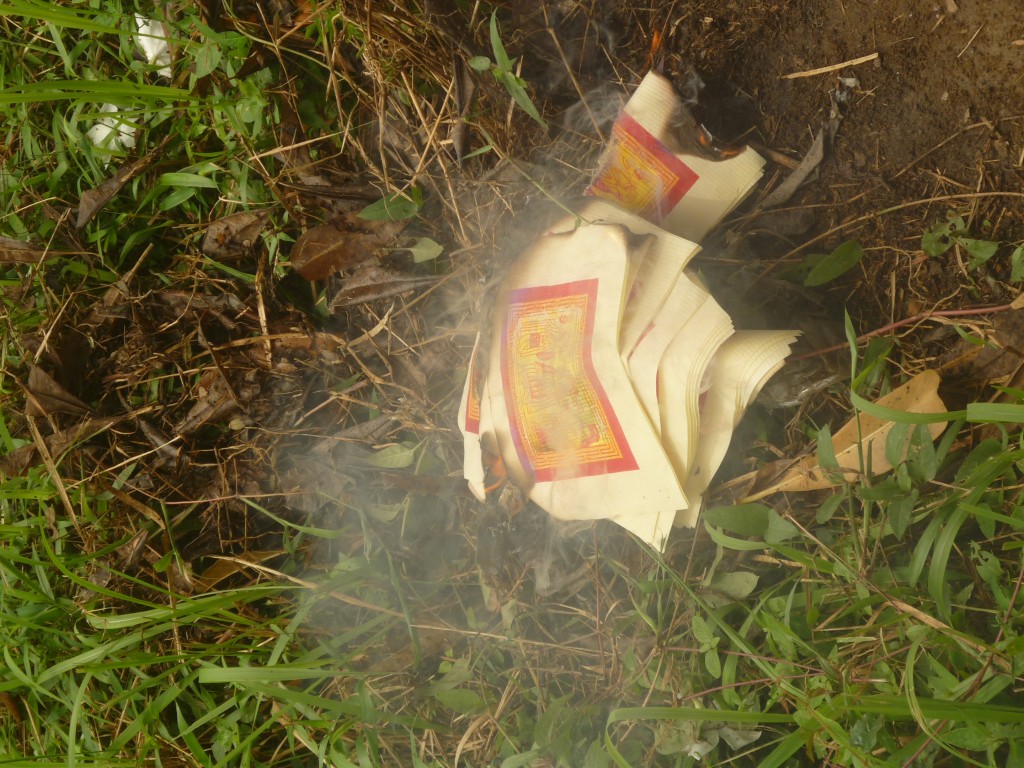

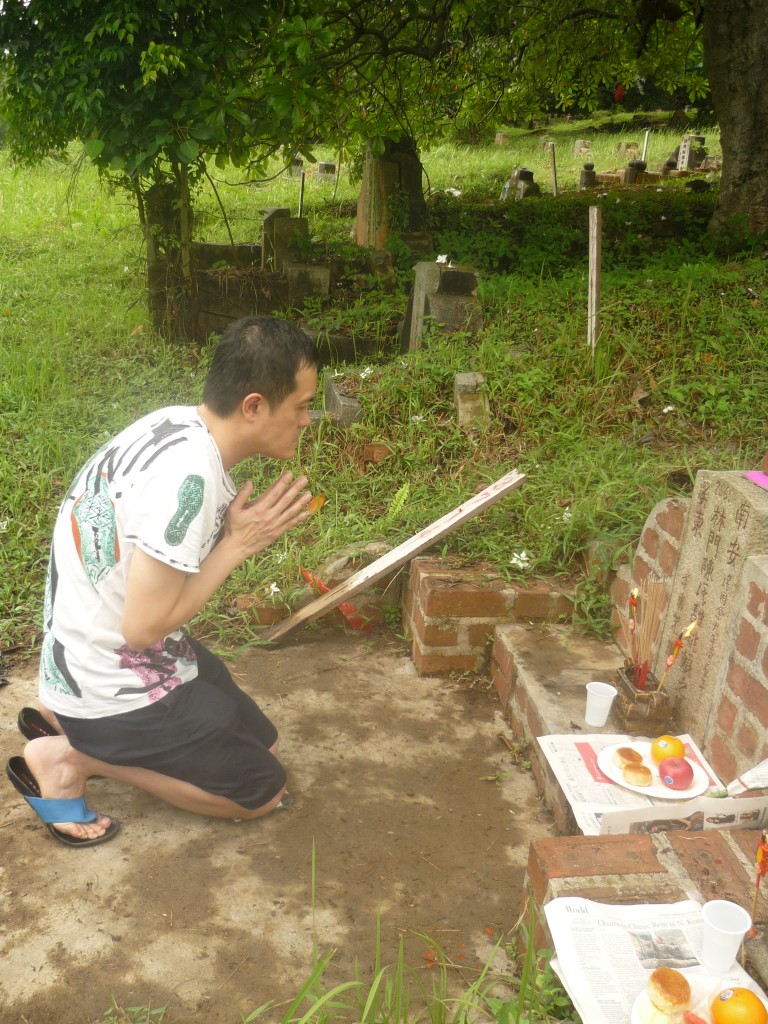

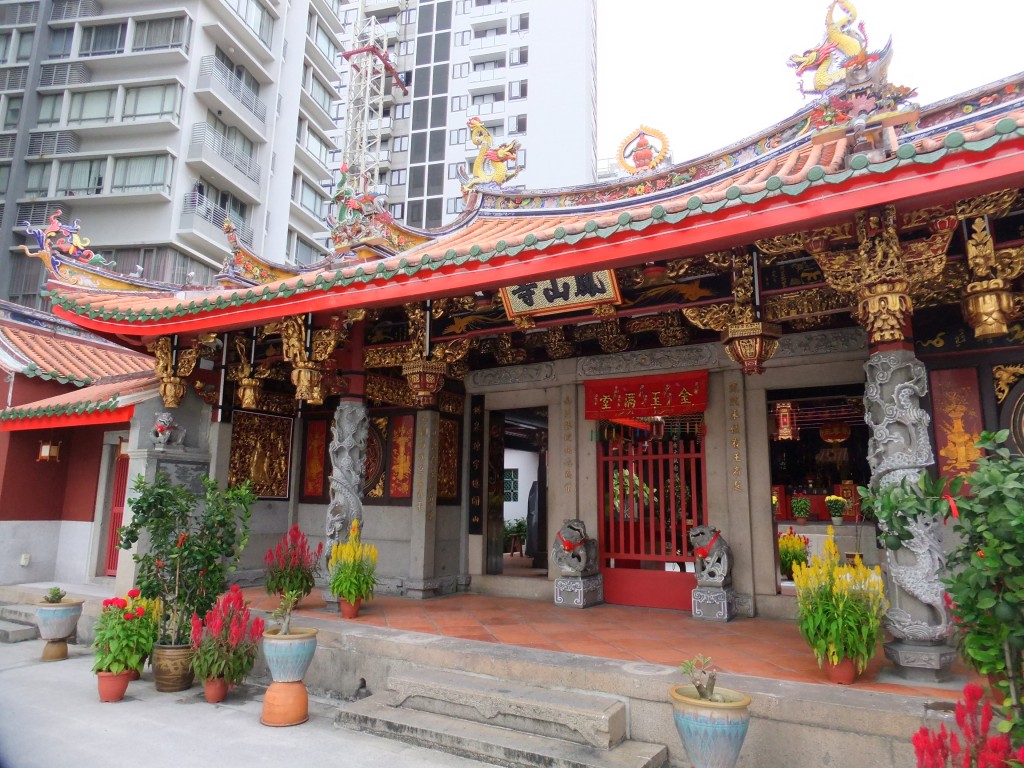



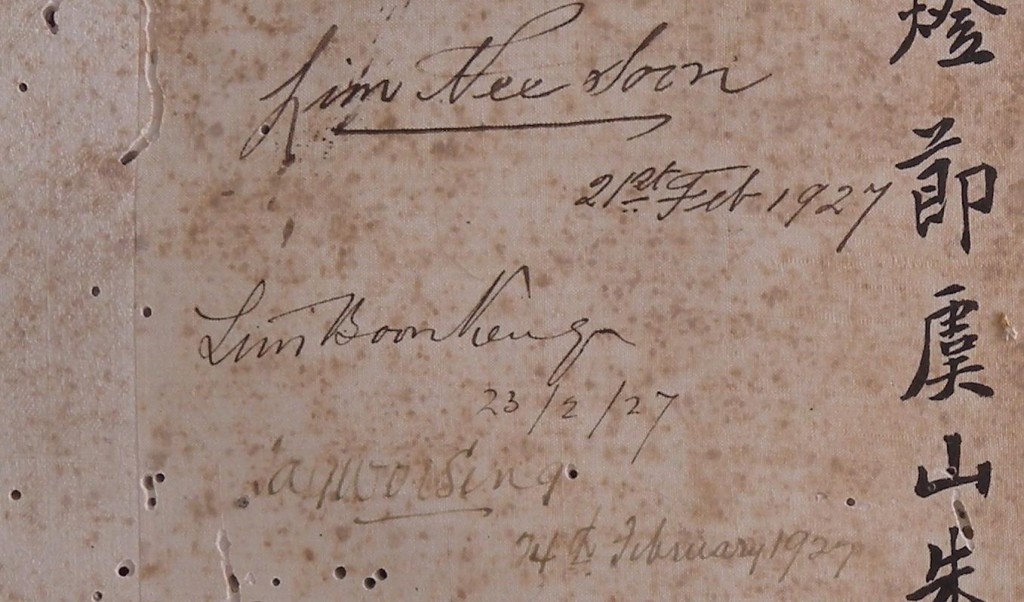

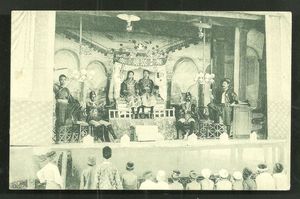

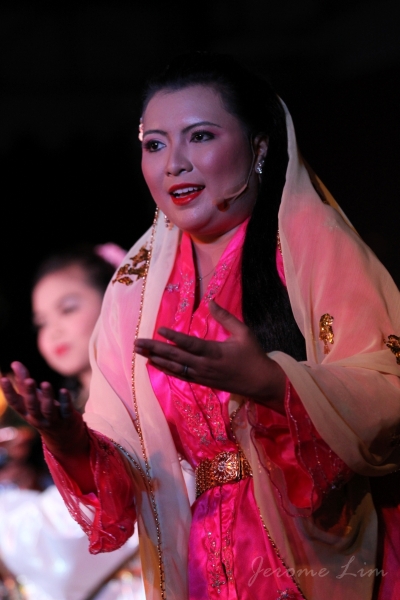

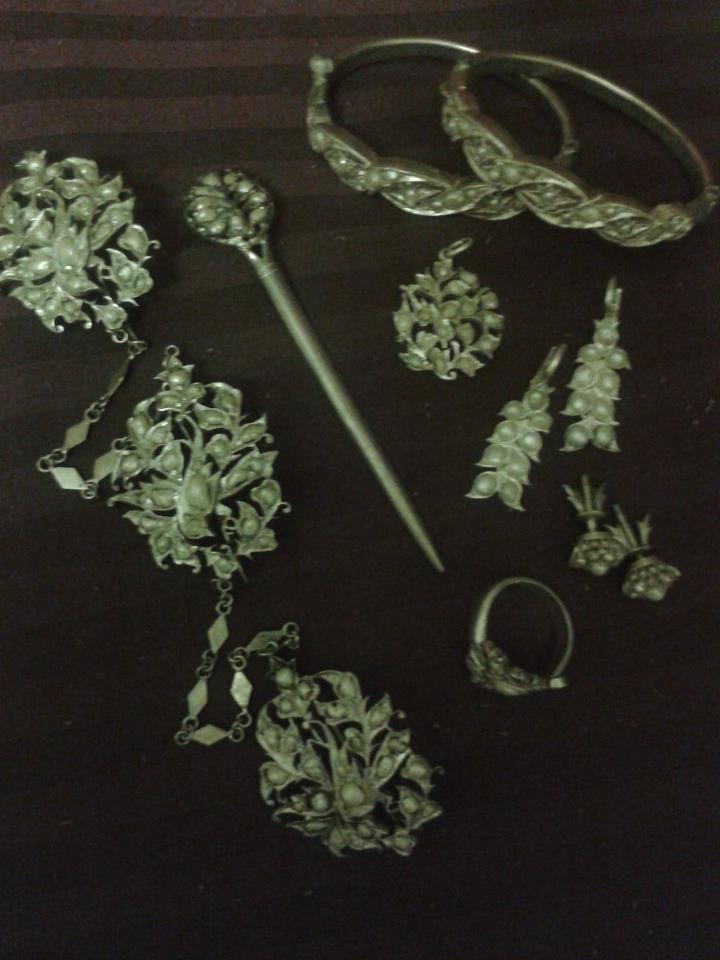

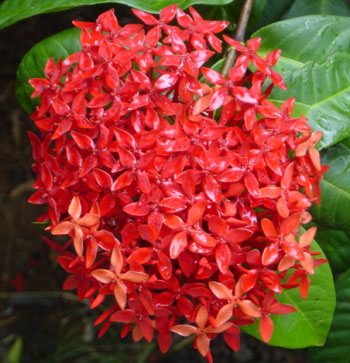

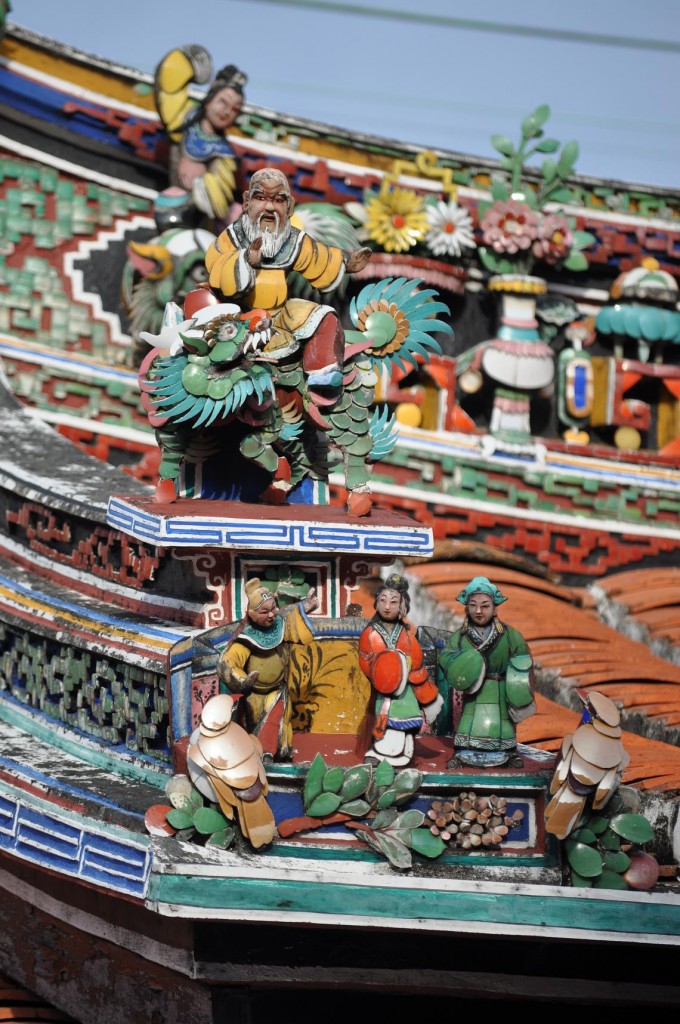
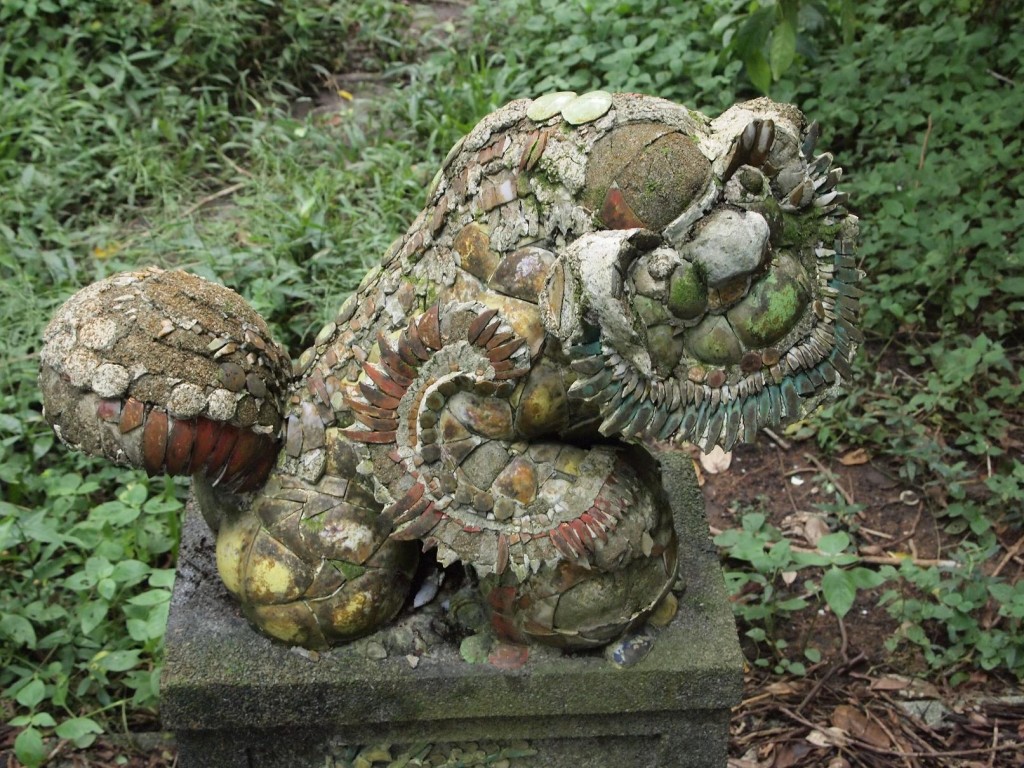


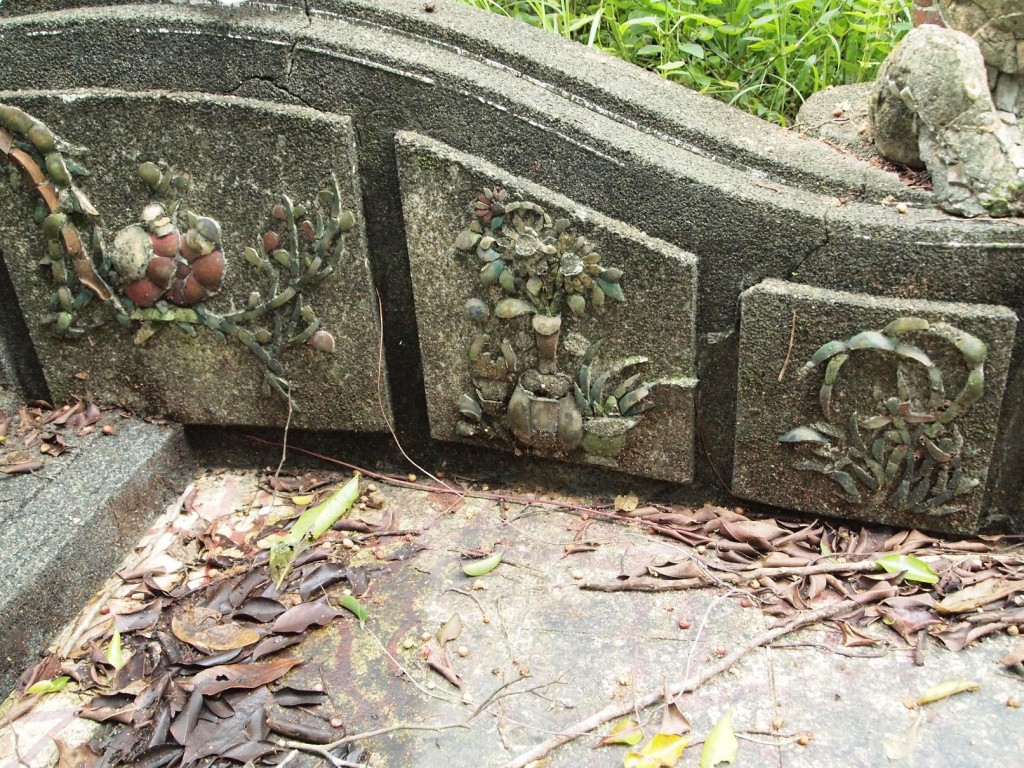
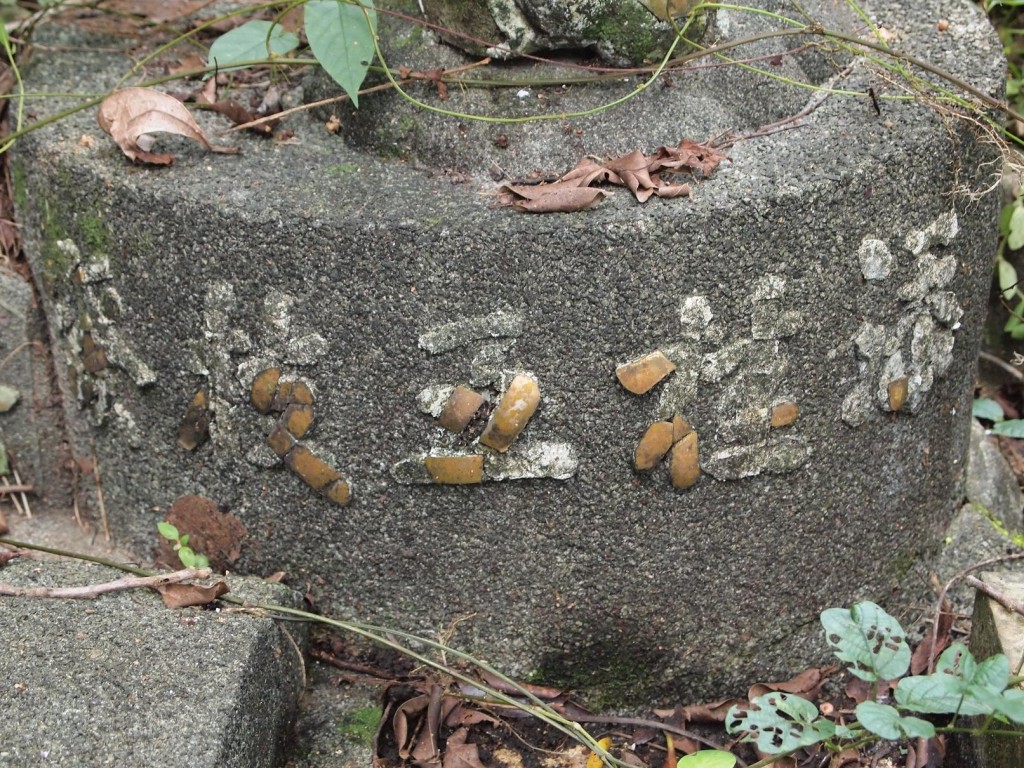

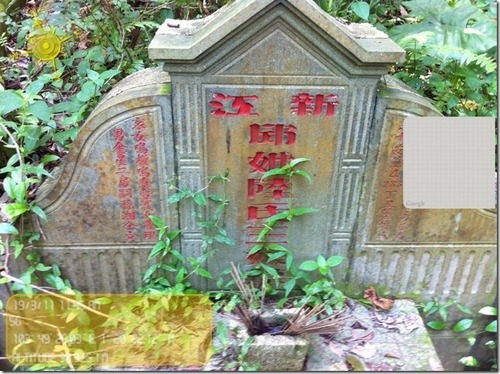
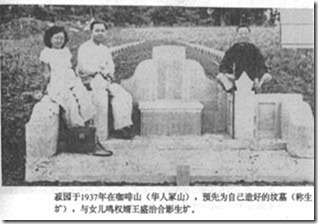

Recent Comments